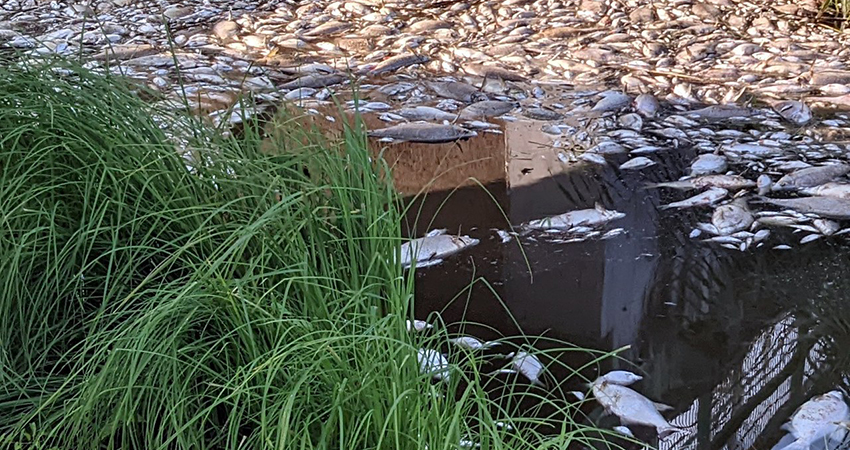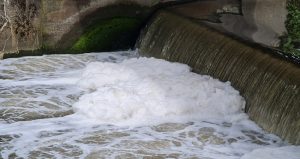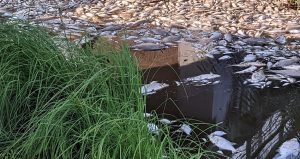Oder report warns of threat to European rivers from invasive algal species

-
 Fergal MacErlean
Fergal MacErlean
Share article:
Invasive algal species present in European rivers pose a threat unless managed to prevent an ecological disaster such as hit the Oder River last summer, a technical report by the European Commission’s Joint Research Centre (JRC) has stated.
The report ‘An EU analysis of the ecological disaster in the Oder River of 2022’ notes that approximately 360 tonnes of fish died in the event which had an impact along 500km of the waterway which runs from the Czech Republic to the Baltic Sea along the border between Germany and Poland. The JRC authors attribute the incident to “a substantial toxic algal bloom” which was driven by the high salinity of the river which was “probably due … to discharges of industrial wastewater”.
Industrial discharges
“It is almost certain that their deaths were caused by a substantial toxic algal bloom. The causal species was identified as Prymnesium parvum. A key factor that enabled the proliferation of this species was the high salinity of the Oder river during this time, probably due, at least partly to discharges of industrial wastewater with a high salt content e.g. from mining activities.
Low water levels
“Other contributing factors were the drought and the resulting low water levels reducing dilution and flow and also hydromorphological modifications to the river. High nutrient concentrations, especially phosphorus and nitrogen were also key in promoting the algal blooms,” the report states.
Four per cent rivers at risk
A continued presence and spread of this invasive algal species is likely in the Oder the JRC notes. Its report states that management strategies to prevent a future occurrence must be prioritised in the Oder and other susceptible European catchments: out of some 110,000 yearly aggregated river station data records four per cent were estimated to be at risk, mainly in Spain. Recommendations to achieve this include continuous and precise water quality monitoring and improved regulation.
Review of permits
Both Germany and Poland also said existing permits for the discharge of wastewater should be reviewed. The need to ensure that similar toxic algal blooms do not occur on the Werra River, which has high salinity from potash mining, or the Elbe was also acknowledged in the German report published at the end of September. Germany’s report assumes the mass fish killing in the Oder River was due to industrial pollution as claimed by an expert German group and environmentalists. Poland’s report found that the blooms were due to natural causes.
Complete investigation necessary
The JRC report stresses that a complete investigation of discharges in the Oder’s catchment should be undertaken to explain the increase in salt load that played a key role in bloom development; salt concentrations doubled over two weeks in August. The Polish national report identified 42 legal permits for the discharge of treated wastewater to the Oder in which the composition of chlorides and sulphates are declared. Poland was still obtaining final data on the quality of discharged wastewater, both from legal and illegal sources, and their correlation with hydrological and environmental data when the JRC report was published in mid-February. The JRC report also advocates a revised risk assessment of the salinization of groundwaters in the context of climate change and toxic algae.












